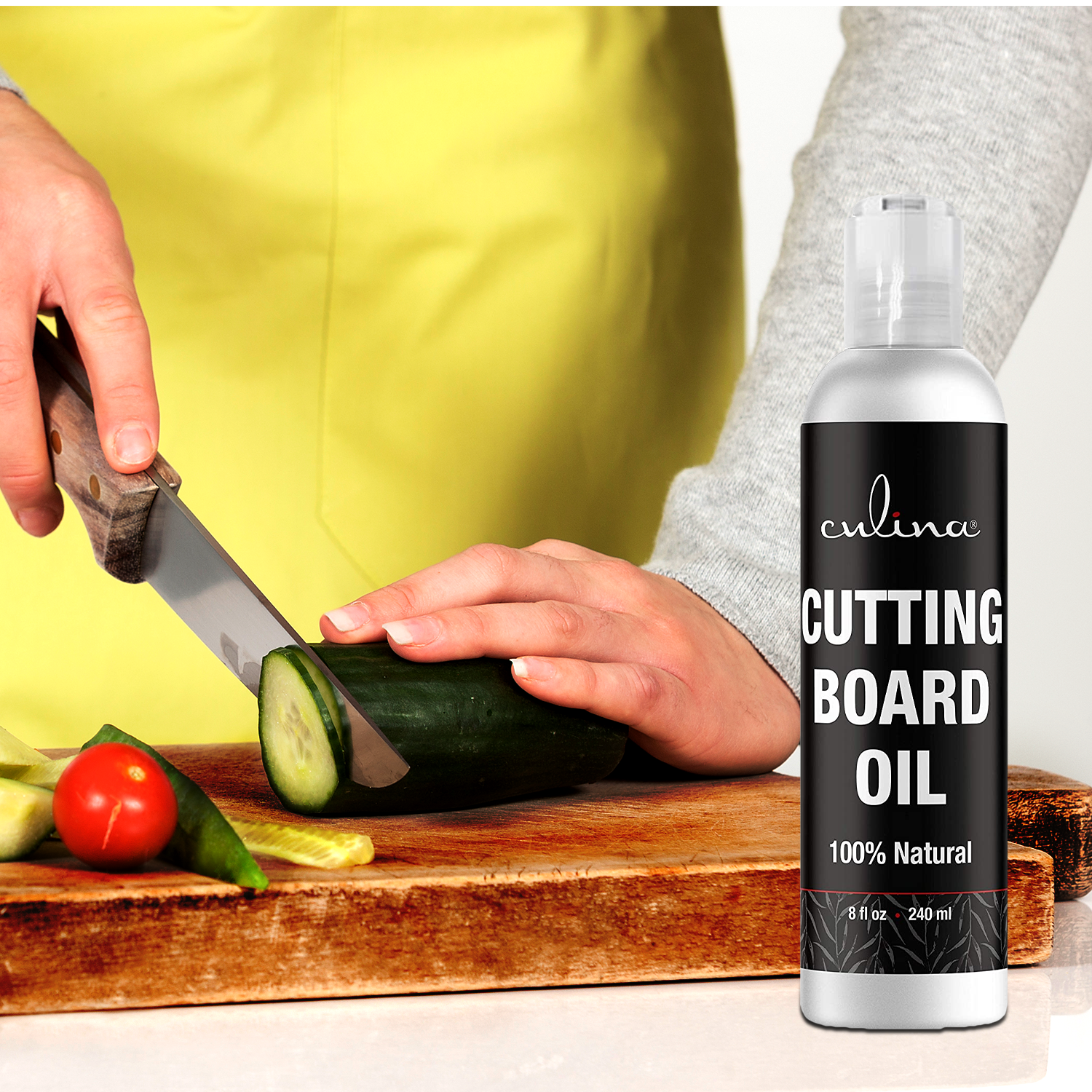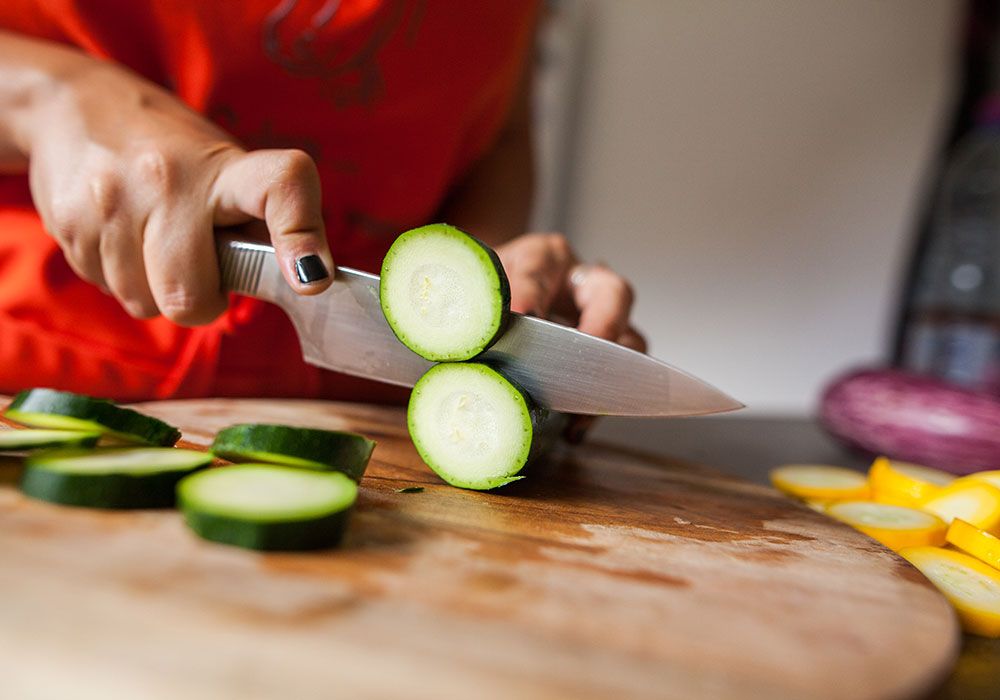When it comes to maintaining the longevity and functionality of your cutting boards, understanding how to use mineral oil on cutting boards is essential. Proper care ensures your cutting board remains a reliable and safe kitchen tool. This guide will walk you through every step of the process, providing crucial insights into why mineral oil is ideal and how to maximize its benefits.

Why Mineral Oil is the Preferred Choice
Mineral oil is a popular choice for treating cutting boards, particularly those made of wood. It is a food-safe oil that penetrates deeply into the wood, providing a moisture barrier that helps prevent cracking, warping, and bacterial build-up.

Materials Needed
- Food-grade mineral oil
- Cotton cloth or paper towels
- Sandpaper (optional)
- Warm water and mild dish soap
Step-by-Step Guide to Applying Mineral Oil
Step 1: Cleaning the Cutting Board
Before you apply mineral oil, ensure the cutting board is thoroughly cleaned. Wash it with warm water and mild dish soap, then let it dry completely.
Step 2: Sanding (If Necessary)
If your board has rough spots or knife marks, you may want to lightly sand the surface. Use fine-grit sandpaper to smooth the wood, then wipe away any dust with a damp cloth.
Step 3: Applying Mineral Oil
Pour a generous amount of mineral oil onto the cutting board. Use a clean cotton cloth or paper towel to spread the oil, ensuring it covers the entire surface. Let the oil soak in for at least 20 minutes.
Step 4: Wiping Off Excess Oil
After the oil has soaked in, wipe away any excess with a clean cloth. Be sure to remove all excess oil to prevent it from becoming rancid over time.

How Often Should You Oil Your Cutting Board?
The frequency of oiling depends on how often you use and wash your cutting board. As a general rule, aim to oil your cutting board once a month, or whenever it starts to look dry and dull.
Tips for Long-Term Maintenance
Avoid Excess Moisture
Exposing your cutting board to excessive moisture can cause it to warp and crack. Always dry it thoroughly after washing and never let it soak in water.
Use Separate Boards for Different Foods
To prevent cross-contamination, use separate cutting boards for raw meats, seafood, and produce. This practice also helps keep your boards in better condition.
Store Properly
Store your cutting board in a dry, well-ventilated area. Avoid stacking heavy items on top of it to prevent warping.
Frequently Asked Questions
1. Can I use other oils besides mineral oil?
While mineral oil is the most recommended, other food-safe oils like beeswax or coconut oil can also be used. However, avoid using vegetable or olive oils as they can become rancid.
2. What is the best way to clean a cutting board?
The best way to clean a cutting board is by washing it with warm water and mild dish soap. For a deeper clean, you can use a mixture of vinegar and water.
3. How do I know when my cutting board needs oiling?
If your cutting board appears dry, dull, or has absorbed water quickly, its time to oil it.
As an Amazon Associate, I earn from qualifying purchases.


